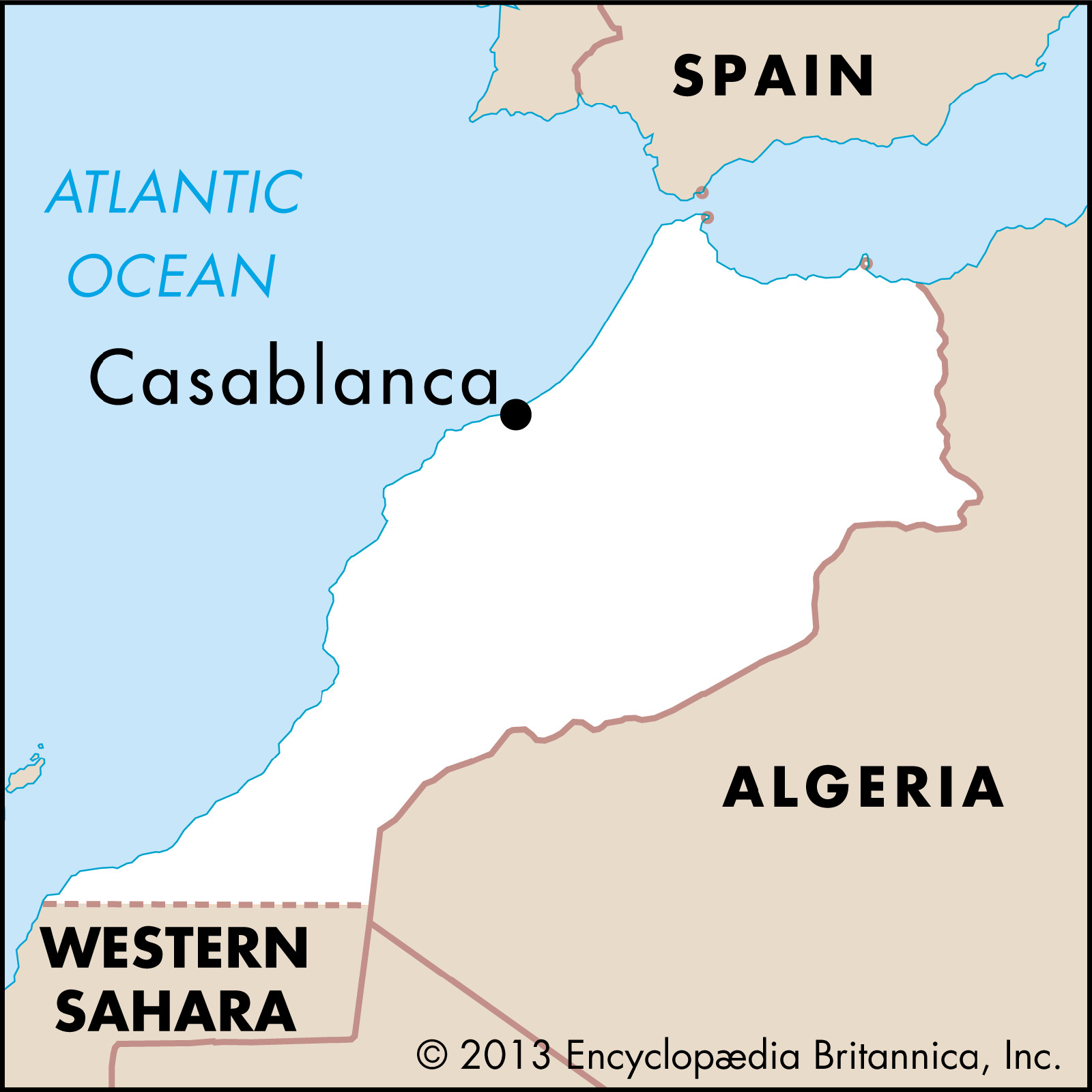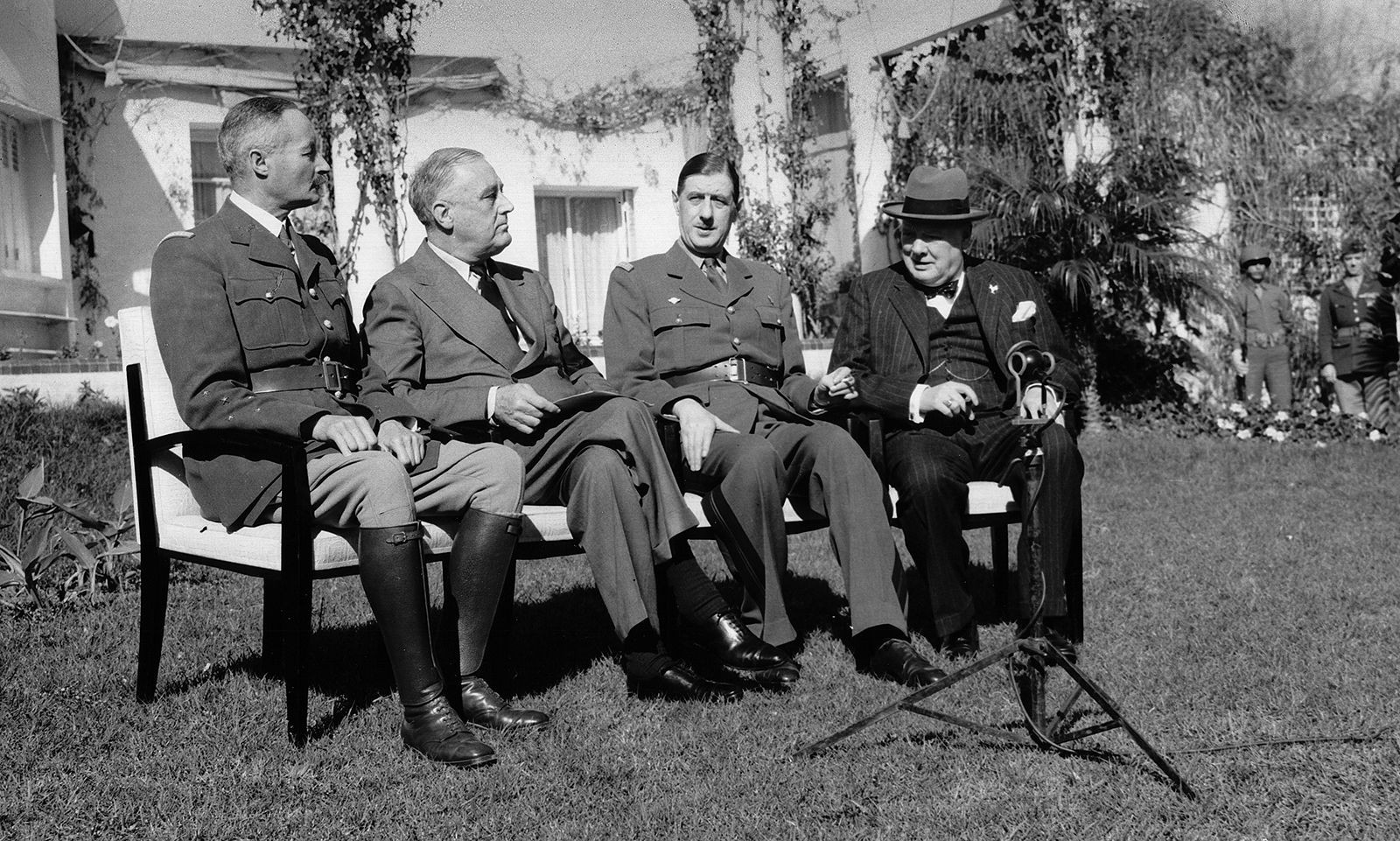Casablanca, a name that evokes images of romance and intrigue, is more than just a setting for a classic film. It’s a vibrant, bustling metropolis, the economic heart of Morocco, and a city rich in history and culture. But for those unfamiliar with the geography of North Africa, the first question might be: where exactly is Casablanca located?
Casablanca is strategically positioned in Northwestern Africa, nestled along the Atlantic coast of Morocco. More specifically, it lies in the central-western part of Morocco, facing the vast expanse of the Atlantic Ocean. This prime location has been pivotal to Casablanca’s development, transforming it into Morocco’s principal port and largest city.
 Casablanca, Morocco: Aerial View of Coastal Cityscape
Casablanca, Morocco: Aerial View of Coastal Cityscape
Geographically, Casablanca benefits from its coastal setting. Its location on the Atlantic seaboard has made it a natural gateway for trade and cultural exchange throughout history. The city’s port, the largest artificial port in Morocco, is crucial for the nation’s foreign trade, handling a significant portion of imports and exports. This maritime access has not only shaped its economic importance but also its identity as a cosmopolitan and outward-looking city.
Historically, Casablanca’s location has witnessed layers of civilizations. Originally, a Berber settlement named Anfa existed on the site. Its strategic coastal position unfortunately made it a target. It was destroyed by the Portuguese in the 15th century due to its use as a pirate base. The Portuguese later returned, rebuilding it as “Casa Branca” (White House) in the 16th century. Though abandoned after an earthquake, the city was reborn in the 18th century under Sultan Sīdī Muhammad ibn ʿAbd Allāh, and it was the Spanish merchants who popularized the name “Casablanca,” which also translates to “White House.”
 Casablanca Conference 1943: Allied Leaders Roosevelt, Churchill, de Gaulle, and Giraud in Morocco
Casablanca Conference 1943: Allied Leaders Roosevelt, Churchill, de Gaulle, and Giraud in Morocco
Casablanca’s geographical significance extended into the 20th century. Its location in North Africa made it a key site during World War II. The Casablanca Conference of 1943, a pivotal meeting between Allied leaders Franklin D. Roosevelt and Winston Churchill, took place here, further cementing the city’s place on the world map. This conference highlighted Casablanca’s strategic importance in global affairs during that era.
Beyond its historical and economic roles, Casablanca’s location contributes to its diverse urban landscape. The city is a fascinating blend of the old and the new. The ancient medina, the original Arab town, still stands with its narrow, winding streets, a stark contrast to the modern, French-built city that expanded outwards. This French influence, stemming from the protectorate period, is evident in the city’s architecture and urban planning, creating a unique blend of Moroccan and European styles.
The city’s layout reflects its growth and history. From the bustling squares like Muḥammad V Square and United Nations Square, the administrative and business centers, to the residential districts stretching towards the coast, Casablanca is a city that unfolds as you explore it. Even the presence of less formal settlements on the outskirts highlights the rapid urbanization and growth that its strategic location has fostered.
Casablanca’s accessibility is also a direct result of its location. As a major port, it is a crucial point of entry and departure. Furthermore, with international airports like Casablanca-Anfa and Casablanca-Nouaceur, the city is well-connected globally. Road and rail networks further enhance its connectivity with other major Moroccan cities and, regionally, with North Africa.
In conclusion, Casablanca is located on the Atlantic coast of Morocco, in Northwestern Africa. This location is not merely a geographical coordinate; it is the cornerstone of Casablanca’s identity. It has shaped its history as a port city, its economic prominence as Morocco’s capital of commerce, and its vibrant, multicultural character. Understanding where Casablanca is located is key to appreciating its significance, not just within Morocco, but on the global stage. Its coastal position continues to be the driving force behind its dynamism and its ongoing story as a major African metropolis.
[

